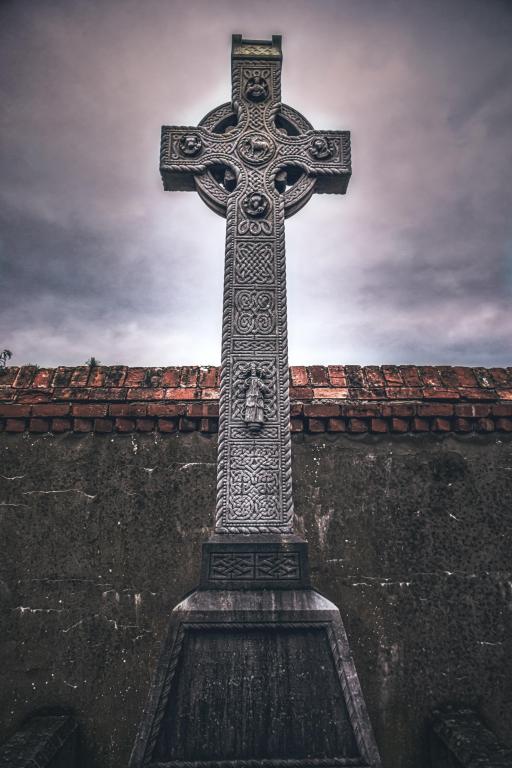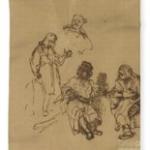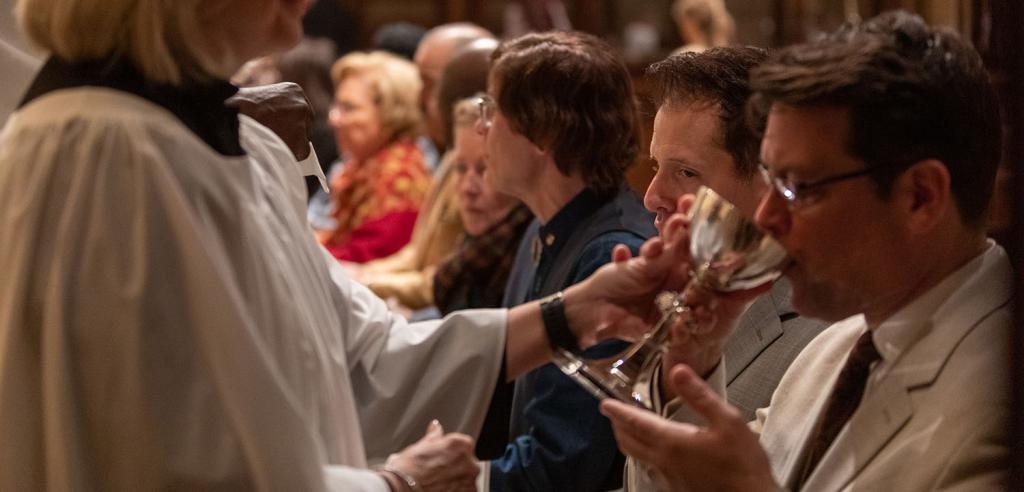At a faculty-student gathering some years ago a student asked, “What is Celtic Spirituality anyway?” An Irish-American colleague and longtime friend was sitting nearby, and knowing I would get a rise out of him, I responded, “Oh, it’s Christian, only dark and broody, with a dash of animism.”
In truth, Celtic spirituality has far more to offer than my send-up of it would suggest. But there is definitely more misleading and tendentious information published about it than probably any other spiritual tradition.
As Thomas O’Loughlin notes, many argue that its distinctives lie in a spirituality that is:
- ecofriendly,
- woman friendly,
- lacks a sense of hierarchy,
- lack of institutional structure,
- has no askesis,
- says little about sin,
- and emphasizes harmony with nature
As O’Loughlin notes these descriptors say more about the contemporary longings of writers on than the subject, than it does about the historical reality. Or, as he puts it, those descriptions are about recreating an “ideal history” in order to create an “ideal future.”
The reality is far more complicated and different in orientation.
The Celts were originally a loose collection of tribes that lived in Europe between Asia Minor and the Atlantic Ocean. They were driven north and west over time by Germanic tribes in the North, across the Roman Empire along the Mediterranean, and – eventually – further west by the tribes that we know as the Vikings. Their migration eventually took them across the channel into what would later be Wales, Scotland, and Ireland.
Just how much they shared in common at all is difficult to say, in large part because they left no written records. There are those who believe that the only thing binding the Celts together may have been linguistic similarities. And with good reason other scholars argue that the varied tribes that we know as the Celts did not consciously share even a linguistic identity. In fact, it wasn’t until the 19th century that there was a grammar for the Celtic language; and only after that did writers began to talk about Celtic music, literature, and spirituality.
It was the spread of the Roman Empire into Britain between 43 and 410AD that brought Christianity to the British Isles and eventually missionaries to Ireland, giving shape to the cultural and religious mix that we refer to today as Celtic Spirituality. But O’Loughlin points out that spirituality was far from an individualistic enterprise with no connection to the church.
Celtic spirituality was, in fact, explicitly church-centered and, though it inevitably had a regional cast to it, Celtic churches were deeply shaped by their affiliation with the larger church. Nowhere is this clearer than it is in the two great contributions that Celtic Christians themselves felt that their tradition made to the church:
- The Collectio canonum Hibernensis – a late 7th or 8th century work that served as the first systematic code of Canon law and the basis for Anglo-Saxon law;
- And the Celtic church’s theology of sin, especially its thoughts on the issue of sin after baptism, which held that one could do penance in fixed proportion to sins and opened the way to a more pastoral approach to penance and forgiveness of sins and – unfortunately – the much abused system of paying for indulgences.
What is striking about both contributions is how much they have to do with the church and how little have to do with popular misconceptions about Celtic spirituality that drive a wedge between it and the church. I probably should have told the student, it’s Christian – and much maligned.
For further reading, see: Thomas O’Loughlin, Celtic Theology: Humanity, World, and God in Early Irish Writings (New York: Continuum, 2000).
Photo by K. Mitch Hodge on Unsplash













